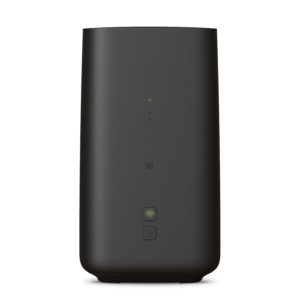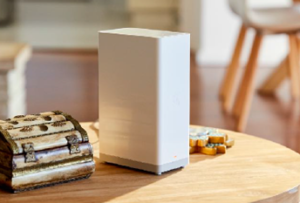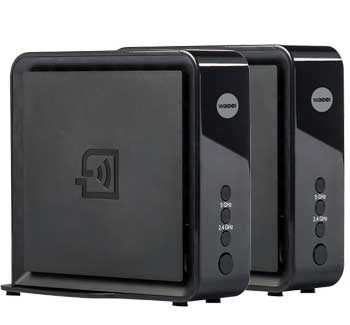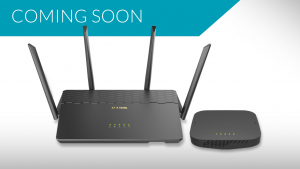Deutsche Telekom fields their first Wi-Fi 6 DSL modem router
Article (German language / Deutsche Sprache)
From the horse’s mouth
Deutsche Telekom
Speedport Pro Plus: the premium router for Wi-Fi 6 networks (Press Release)
My Comments
Interest still exists in DSL-based WAN technology especially in VDSL-based fibre-copper setups like fibre-to-the-basement or fibre-to-the-cabinet / fibre-to-the-node. Here this is to utilise existing telephone cabling between the fibre-copper point and the customer’s premises while it is worth it to keep this cable in use.
But Deutsche Telekom have offered to their German market the SpeedProt Pro Plus DSL modem router which is the first of its kind for that market to have Wi-Fi 6 (802.11ax) for the Wi-Fi segment. For network security, this router works to the WPA3 security standards for Wi-Fi networks, and it can support meshed operation with Deutsche Telekom’s Speedport equipment. It is answering a reality that an increasing number of Wi-Fi client devices like smartphones, tablets and laptops are being equipped with Wi-Fi 6 wireless networking.
The use of Wi-Fi 6 network technology is being seen as very important within Europe where most people who live in the cities live in apartments. It also will underscore for countries like Australia where apartment dwelling within urban areas is gaining acceptance.
This device has 12 antennas compared to the AVM Fritz!Box 7590 having eight antennas. This allows for higher local-network-level throughput and increasingly-robust operation. There is also for Gigabit Ethernet connections for the local network and a Gigabit Ethernet connection as an alternative Internet connection. That is important for fibre-to-the-premises connections or fibre-copper setups implementing cable-TV or Ethernet technology and dependent on an external modem.
As is the trend nowadays with European-made home-network routers, the Telekom Speedport Pro Plus has a VoIP endpoint including a fully-featured DECT cordless-telephone base station. This device supports smart-home functionality for smart-home peripherals that work according to Wi-Fi, Zigbee or the European favourite technology that is DECT-ULE. That is part of their Magenta SmartHome platform that they are offering within Germany.
This is an example of Wi-Fi 6 coming to a carrier-supplied modem router and proving its case with Internet subscribers who stick with the equipment offering that their telco or ISP provide. Who knows when your local telco or ISP will offer their service with Wi-Fi 6 equipment in tow?







